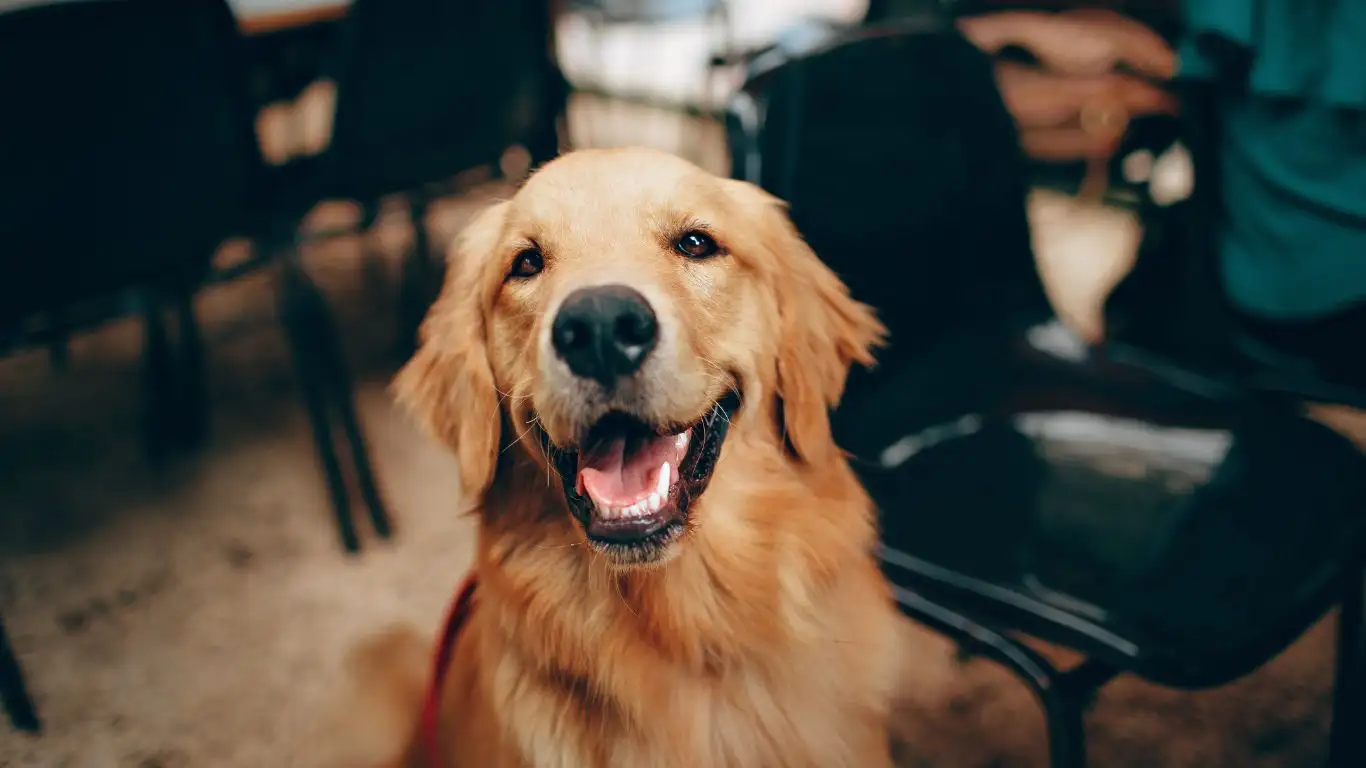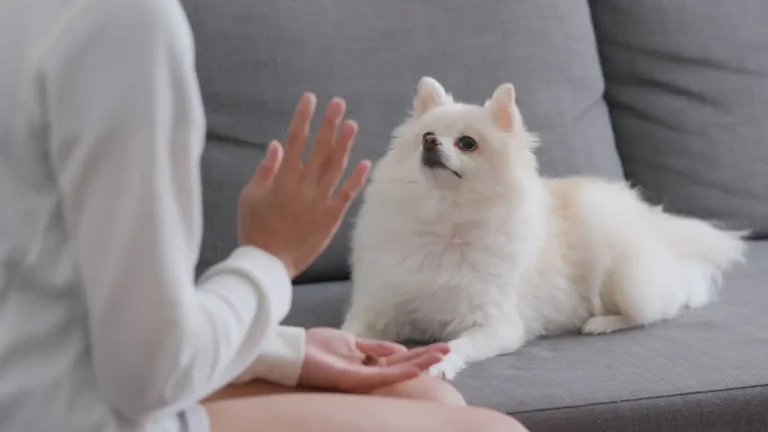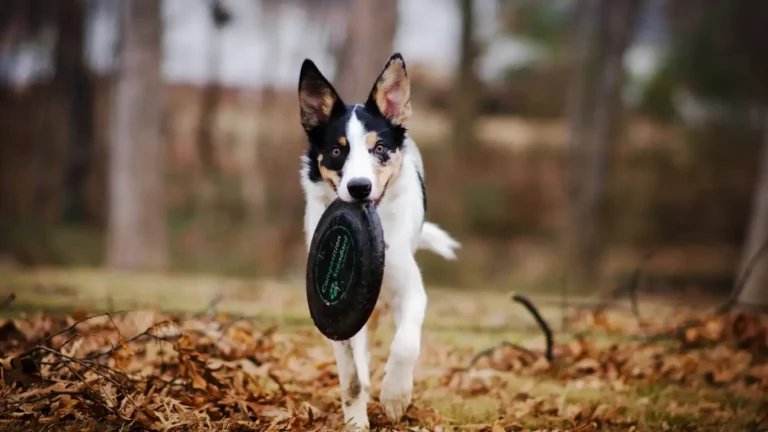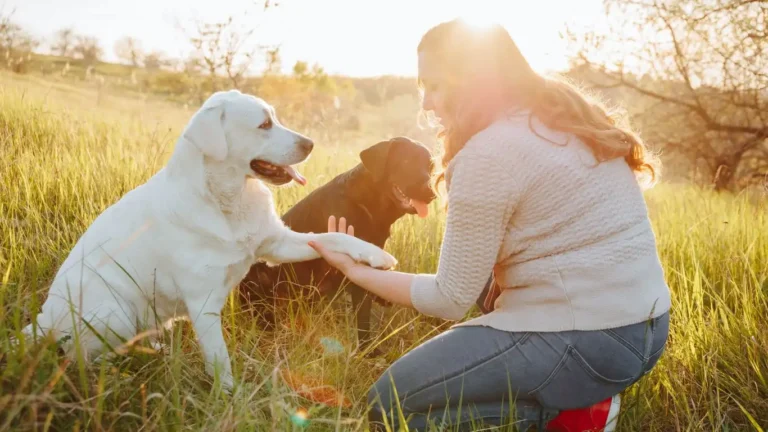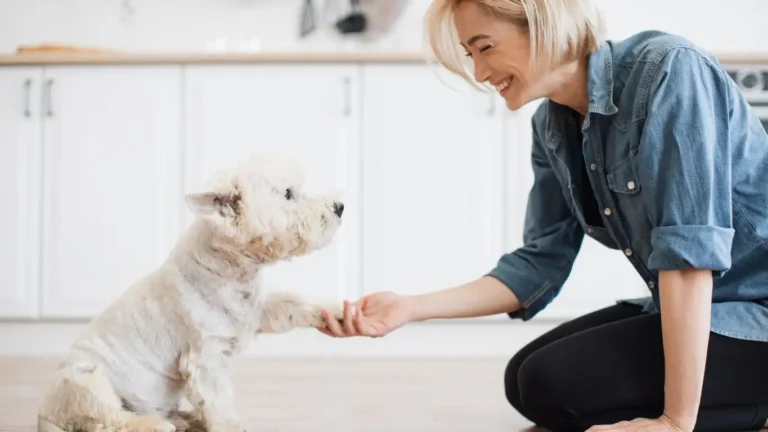Struggling? How to Train a Dog to Calm Down After Visitors Fast
Ever had your dog bounce off the walls the second visitors walk out the door? You’re not alone. As someone who’s been in the canine-assisted therapy world for years, trust me—teaching pups how to chill after guests leave is one of the most common requests I get. That whole post-visitor energy burst can feel like a tornado in your living room. So today, we’re diving into how to train a dog to calm down after visitors, based on real-life experience—not just theory. Spoiler alert: it’s totally doable, and no, it doesn’t require military-grade obedience training. Just some simple techniques, patience, and understanding your dog’s emotional needs.
Understanding the Why: Why Dogs Go Bonkers After Visitors
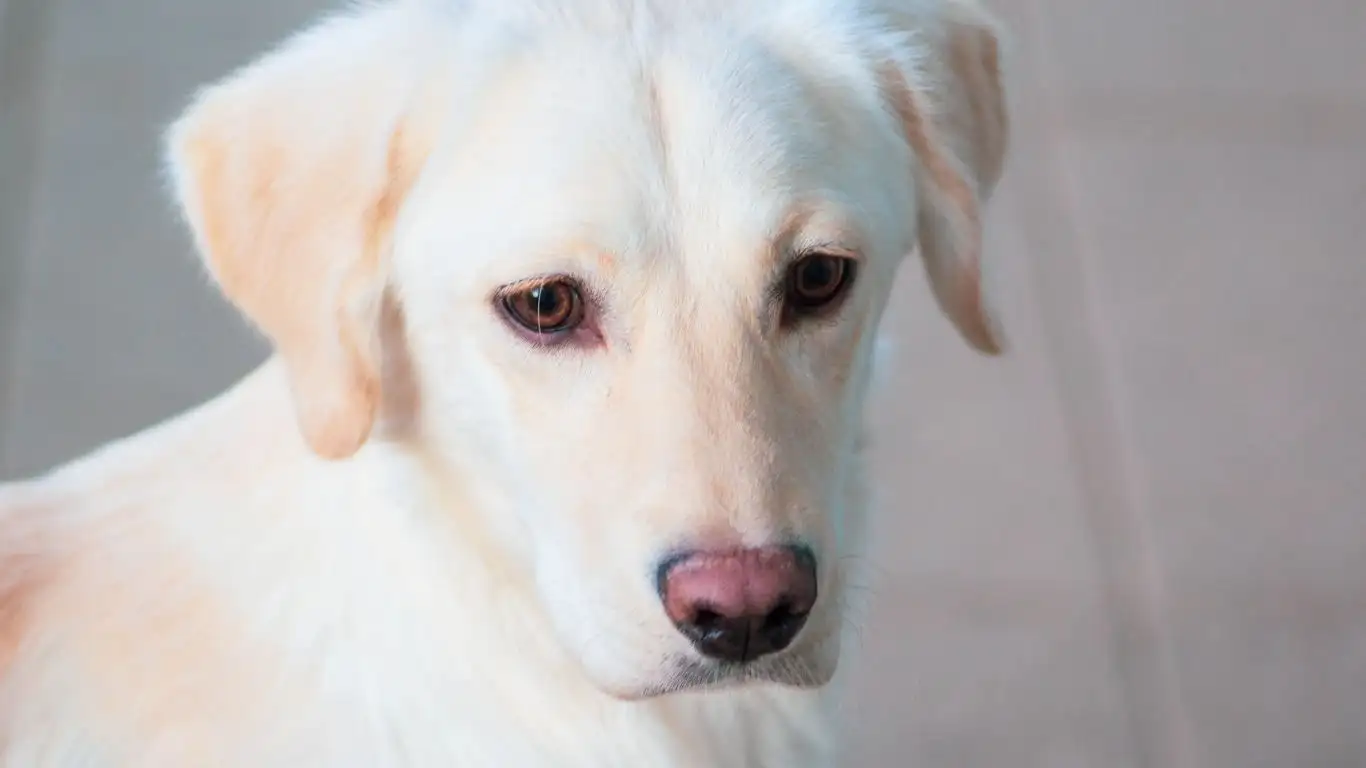
Let’s be real—dogs are social creatures. When people come over, it’s a full-blown event for them. New scents, voices, maybe even belly rubs—it’s all a high-stimulation situation. Then suddenly, those visitors vanish. What gives?
From your dog’s perspective, they’re going from party-mode to dead silence. That emotional crash often leads to zoomies, barking, pacing, or chewing—basically their way of burning off leftover adrenaline. It’s not bad behavior; it’s just misunderstood behavior. When I was training my therapy dog, Sasha, she used to spin in circles and whine by the door after visitors left. She wasn’t misbehaving—she was overstimulated and didn’t know what to do with herself.
Setting the Right Environment for Post-Visitor Calm
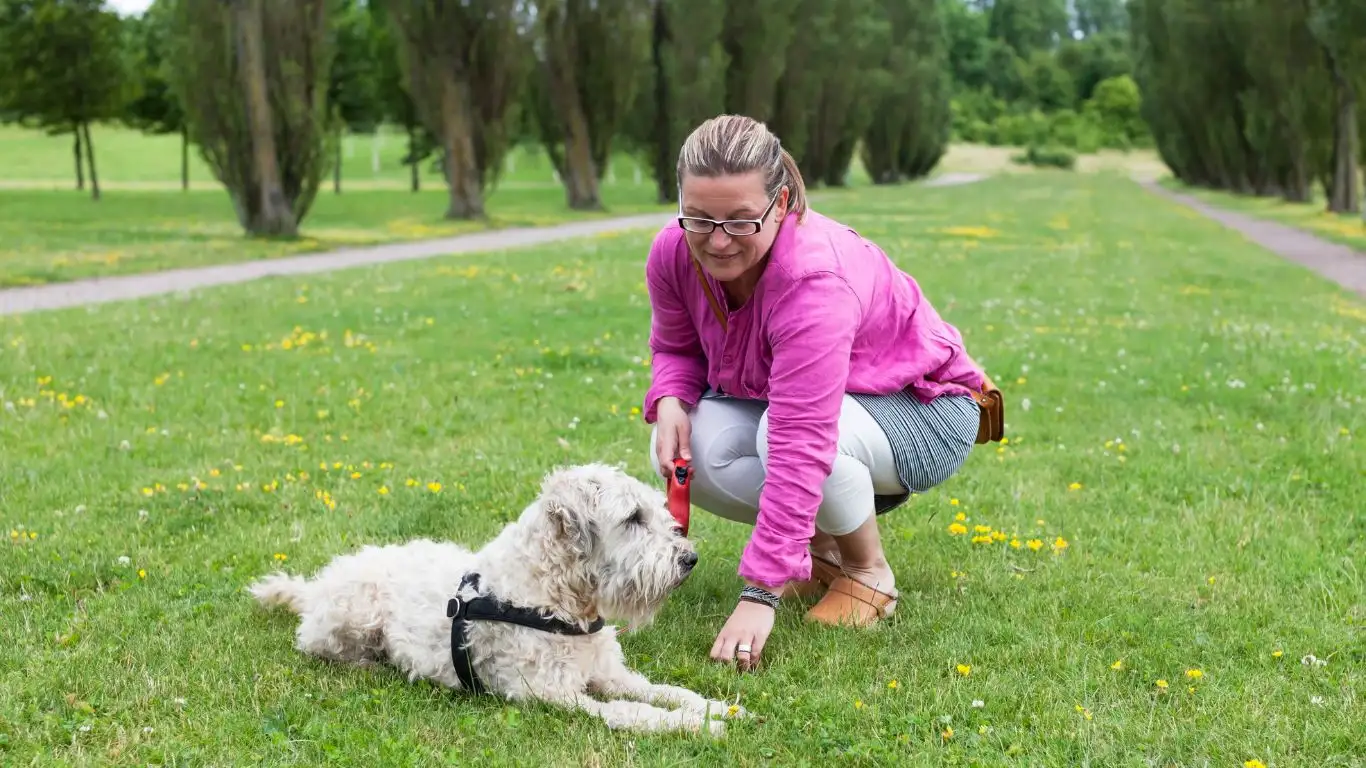
1. Create a Calm Down Zone
This was a game changer in my training sessions. Set up a designated chill-out space in your home—somewhere quiet and away from foot traffic. A comfy bed, a couple of calming toys, and maybe a lavender-scented blanket (yes, they make those for dogs!) can help your pup ease into relaxation mode.
- Pick a spot your dog already associates with peace—maybe their crate or a bedroom corner.
- Use calming music or a white noise machine. Sounds silly? It works. Think of it like a spa for your pup.
- A frozen treat or chew toy in this zone can redirect their focus away from the “visitor is gone” drama.
2. Use a Predictable Wind-Down Routine
Dogs thrive on routine. If you’ve ever worked with therapy animals, you know predictability is the secret sauce. After your guests leave, have a routine your dog learns to expect. Here’s a basic one that’s worked wonders for me and my clients:
- Visitors leave → you immediately take the dog for a quick leash walk outside.
- Come back in → cue them to go to their calm down zone.
- Give a special treat only used for this routine (I use frozen banana + peanut butter Kong).
Doing this consistently helps rewire their brains. Instead of spiraling, they learn: “Oh, guests are gone? Time for my chill-out reward.”
How to Train a Dog to Calm Down After Visitors: Positive Reinforcement Wins
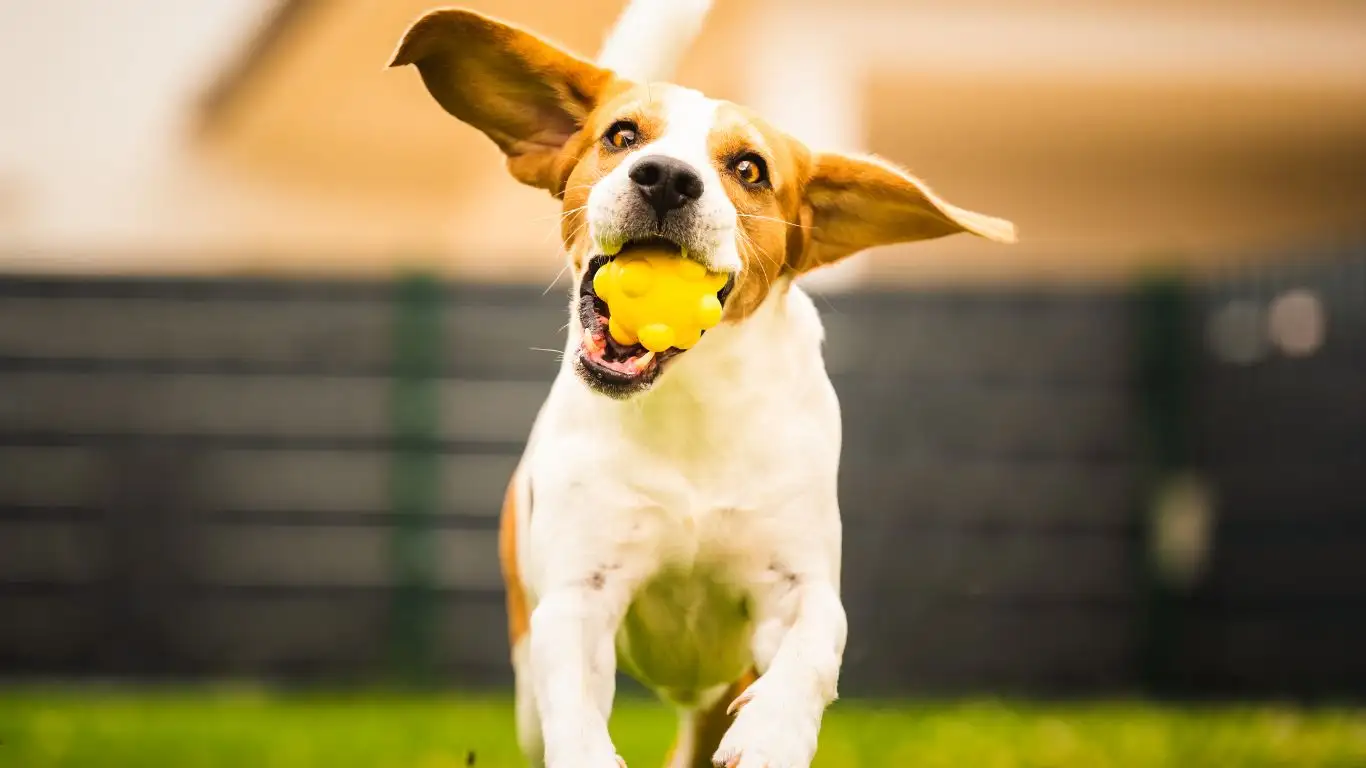
3. Reward Calm, Not Chaos
Here’s a golden rule I always share during training sessions: reward what you want to see more of. If your dog is pacing and whining, wait until they even momentarily sit or lie down—then reward that instantly. They’ll connect the dots fast.
I had a Golden Retriever client—sweet as sugar, but the moment people left, she would bark nonstop. We worked on capturing calm behavior. Her owner started keeping tiny treats in their pocket and gave one every time she sat quietly. Within a few weeks, that barking melted away into peaceful, tail-wagging quiet time.
4. Use Cue Words and Calm Signals
Just like we use cues in therapy work (“Let’s go,” “Settle,” “Focus”), home training should include calm cues. Use a low, soft voice and phrases like:
- “Easy now.”
- “All done.”
- “Settle down.”
The key? Don’t yell or raise your tone. Think yoga instructor, not drill sergeant. Dogs are energy mirrors—they feed off your vibes.
Reading Body Language: Your Dog Is Talking, Are You Listening?
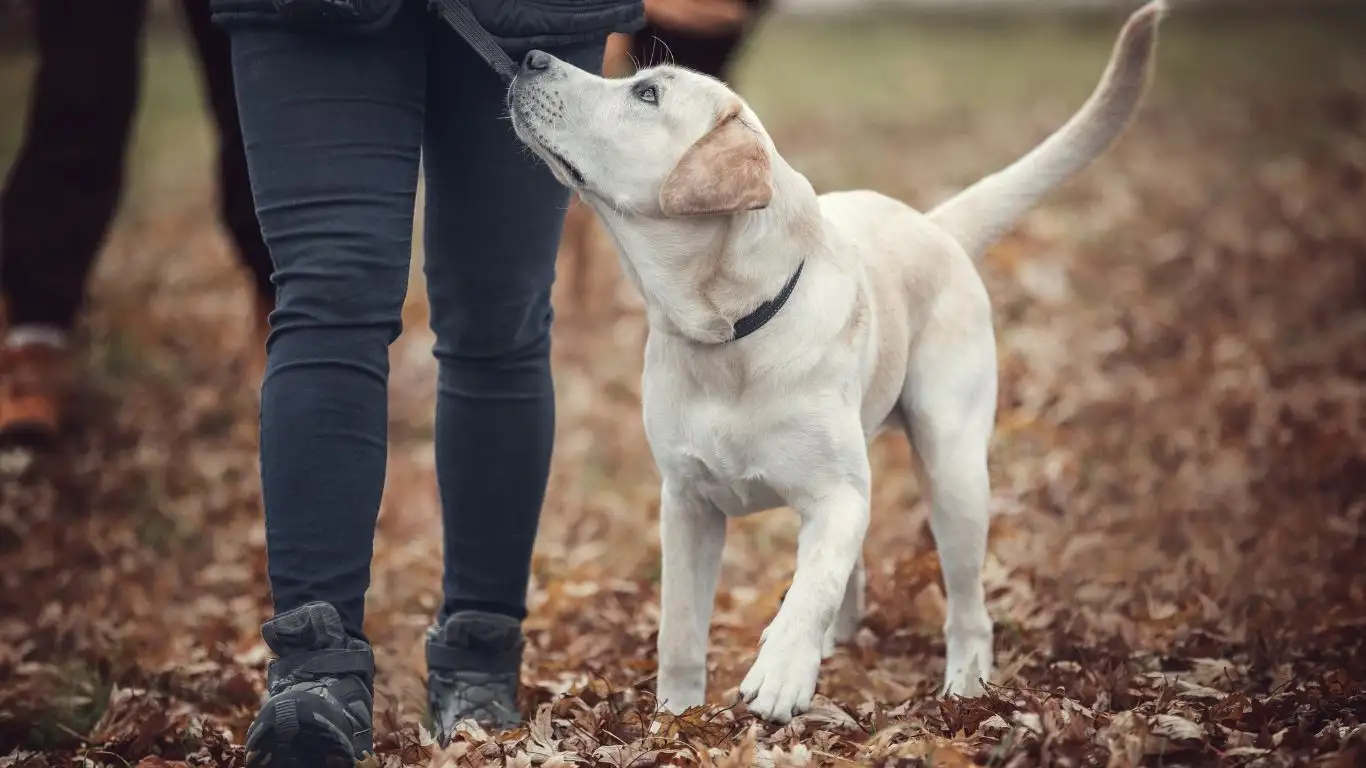
One thing I’ve learned over the years as a canine-assisted therapy trainer is that dogs are constantly communicating—we just don’t always know how to listen. When you’re figuring out how to train a dog to calm down after visitors, body language is your secret weapon. That tail flick, that sigh, even a yawn—they all tell you something about how your dog is feeling.
After guests leave, watch for these signs:
- Soft eyes and ears slightly back: Good! Your dog is winding down.
- Pacing, lip licking, or wide eyes: That’s stress. Time to redirect or reassure.
- Yawning or a big shake-off: This one’s great—your pup is releasing tension.
Back when I worked with an anxious rescue Lab named Baxter, I noticed he’d always lick his lips after visitors left. Most folks wouldn’t think twice about it. But I knew he was overwhelmed. So instead of tossing him a toy and hoping he’d be fine, we’d do a couple of snuffle mat games to decompress. He got to use his nose (super calming!) and I got a quieter dog. Win-win.
Controlled Practice Sessions (Yes, You Can “Fake” Visitors)
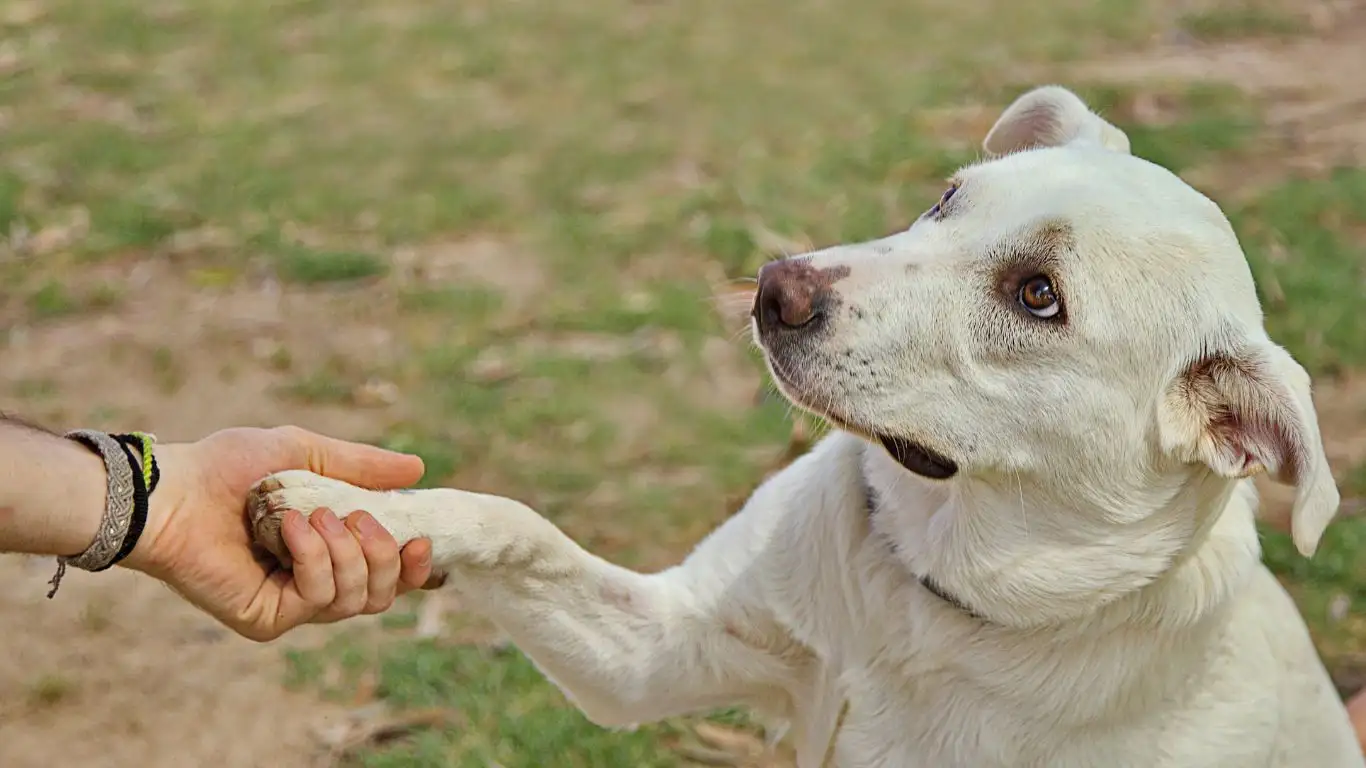
If your dog gets overstimulated every time people come over, why wait for a real visit to train? I always recommend doing mock visitor sessions. These controlled setups allow your dog to learn without the chaos.
Here’s how to do it:
- Text a friend who doesn’t mind playing along (bonus if they love dogs).
- Have them knock or ring the bell, but don’t let them inside yet. Start with just the sound cue.
- Reward your dog for calm behavior at each stage—before the knock, after the knock, after the door opens, and when the person leaves.
This kind of repetition is golden. It helps your pup realize that not every visitor is a Big Emotional Event. One of my clients with a reactive Border Collie did this weekly with three different “visitor” friends and saw massive progress within a month.
Pro tip:
Practice with a leash on your dog inside the home at first—this keeps you in control without having to shout or chase them around. Stay relaxed. If you’re calm, your dog will learn to match your energy over time.
Boosting Calm Through Daily Enrichment

Here’s a truth bomb I often share during training consultations: a bored dog is a wound-up dog. If your pup is climbing the walls after visitors, chances are they’ve got energy to burn—and not enough mental outlets throughout the day.
Adding daily enrichment builds a more balanced, emotionally stable dog. These are a few of my go-to tools that help keep dogs chill even after high-energy moments:
- Snuffle mats – A fun way to let them sniff, search, and de-stress.
- Kibble treasure hunts – Scatter food in different areas of the house and let them “hunt.”
- DIY frozen licki-mats – I use yogurt, banana, or even mashed sweet potato. Freeze it and let them work at it slowly.
I’ve used these tricks not only with therapy dogs but also with high-strung pups that just needed a little more mental work during the day. It’s not magic—it’s science. Mental enrichment lowers stress hormones, so when guests leave, your dog doesn’t spiral.
Consistency Is Everything (Even When It’s Inconvenient)
This is the part nobody likes to hear, but I’d be doing you a disservice if I skipped it: your consistency makes or breaks this training. Whether I’m prepping a dog for a therapy certification or just helping a family dog chill after guests, the number one factor in success is the owner’s follow-through.
That means:
- Doing the wind-down routine every single time.
- Rewarding calm behavior even when you’re tired and just want to sit down.
- Sticking to boundaries even if your dog gives you those big sad eyes (you know the look).
When I trained my own rescue pup, Rumi, I had to remind myself constantly: this is a marathon, not a sprint. I promise, the more consistent you are, the faster your dog will start self-regulating after visitors.
Building Emotional Resilience in Your Dog

Alright, let’s bring this all together. So far, we’ve looked at setting up calming routines, using controlled visitor training, and making sure your dog has daily enrichment. But there’s one more layer that really seals the deal—emotional resilience.
In my experience working with therapy dogs, emotional resilience isn’t about “shutting down” reactions—it’s about teaching your dog how to recover from stress in a healthy, self-regulating way. And yes, even if your pup isn’t headed for a therapy certification, they can absolutely benefit from this kind of training at home.
What does emotional resilience look like?
- A dog who can calm themselves within 10–15 minutes after guests leave.
- A dog who seeks out their calm zone or lays down voluntarily instead of pacing or barking.
- A dog who begins to associate the end of a visit with something positive, not stressful.
It doesn’t happen overnight, but with consistency, patience, and lots of positive reinforcement, you’ll start to notice those subtle shifts. I’ve seen it in dozens of dogs—from high-energy herding breeds to nervous little Chihuahuas. They all want to feel safe and secure; we just have to help guide them there.
When to Seek Professional Support

Sometimes, even when we’re doing all the right things, our dogs still struggle. And that’s okay. It doesn’t mean you’ve failed—it just means your dog may need a little extra help.
If your dog shows extreme stress signs after visitors leave (like destructive chewing, bathroom accidents, nonstop barking, or even aggression), it’s time to loop in a pro. I always recommend looking for a certified trainer who uses force-free, science-based methods. Avoid anyone who pushes dominance-based training or harsh corrections—that’ll just add fuel to the anxiety fire.
In my own practice, I’ve collaborated with veterinary behaviorists when necessary—especially in cases where dogs had trauma or deep-rooted fears. Sometimes training alone isn’t enough, and a vet can help explore options like anxiety-reducing supplements or meds. It’s no different than a person needing therapy and medication to get through something tough.
And remember, asking for help is part of being a responsible dog guardian.
Maintaining Progress and Avoiding Setbacks
So, your dog’s finally calming down faster after guests leave—amazing! But don’t put the tools away just yet. Progress in training is like progress in fitness: if you stop showing up, those muscles (in this case, your dog’s coping skills) weaken.
Here’s how I coach my clients to keep the momentum going:
- Keep doing mock visitor sessions occasionally—just for practice.
- Continue using calm cues, even when your dog seems fine. Reinforce that habit.
- Mix it up with different types of visitors—kids, delivery folks, neighbors—so your dog generalizes the behavior.
Also, don’t panic if your dog regresses after a life change (like moving or welcoming a new pet). That’s normal. Go back to the basics and rebuild. The work you’ve done lays a solid foundation that your dog can return to—think of it like muscle memory, but for behavior.
Final Thoughts on How to Train a Dog to Calm Down After Visitors
If you take away one thing from this article, let it be this: your dog isn’t giving you a hard time—they’re having a hard time. Teaching them to calm down after visitors isn’t about control or obedience. It’s about building trust, consistency, and a routine that makes them feel safe when the social excitement dies down.
I’ve had the privilege of helping many families and therapy teams work through this exact issue, and it’s always rewarding to watch the transformation. With a little strategy, a lot of love, and realistic expectations, your dog can absolutely learn to go from post-visitor chaos to calm and collected.
They just need you to guide the way.
References
- American Veterinary Society of Animal Behavior
- Certification Council for Professional Dog Trainers
- Victoria Stilwell Positively
Disclaimer
This article is based on personal experience as a canine-assisted therapy trainer and is intended for informational purposes only. It is not a substitute for professional veterinary advice or behavior consultation. Always consult with a certified professional or veterinarian for specific concerns related to your dog’s health or behavior.
